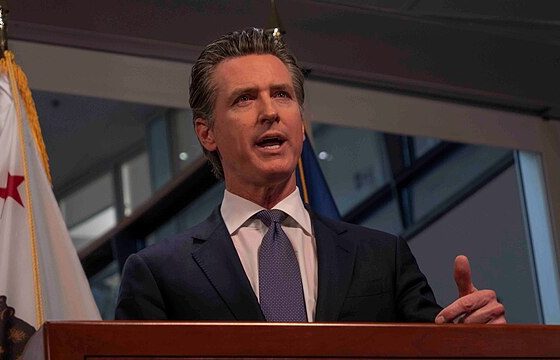The Supreme Court will hear challenges against one of the Environmental Protection Agency’s (EPA) key regulatory proposals.
The EPA introduced its “good neighbor plan” in March, with the policy designed to reduce nitrogen oxide emissions, especially from manufacturing facilities and power plants; if finalized in its current form, the policy would impose tighter standards on 23 “upwind” states whose emissions are thought to cause air pollution in “downwind” states. The Supreme Court will hear oral arguments for four emergency challenges against the regulation in February 2024, according to the Supreme Court’s website.
The rule could cost American firms up to $910 million each year in compliance costs, and it would have particularly acute effects on industrial companies in the Midwest, according to the EPA. The agency estimates that the finalized rule would prevent about 1,300 premature deaths and avert 2,300 hospital and emergency room visits in 2026 alone, as well as provide billions of dollars’ worth of economic benefits.
The EPA cites the Clean Air Act as the enabling statute for the “good neighbor plan” and maintains that the policy is legal as written. However, Republican Ohio Attorney General Dave Yost, who is leading one of the challenges against the rule, wrote in court papers that the EPA “ignored obvious problems with its attempt to twist the Clean Air Act into a system of top-down regulation instead of the system of cooperative federalism that Congress intended.”
Other states involved in a challenge against the EPA’s regulation assert in court documents that it would jeopardize power grid reliability and impose excessive, unreasonable costs. The rule was designed with an eye toward emissions sources such as natural gas pipelines, iron and steel mills, cement manufacturing, paper manufacturing, according to the EPA.
If the Supreme Court takes up the case, its decision could ultimately end up being the second major ruling pertaining to the extent of EPA’s authority in the last several years. In June 2022, the nation’s highest court dealt a blow to the agency in West Virginia v. EPA, in which the Supreme Court reined in the EPA’s ability to limit emissions of existing power plants.
The EPA declined to comment, citing the pending nature of the litigation.
Nick Pope on December 20, 2023












